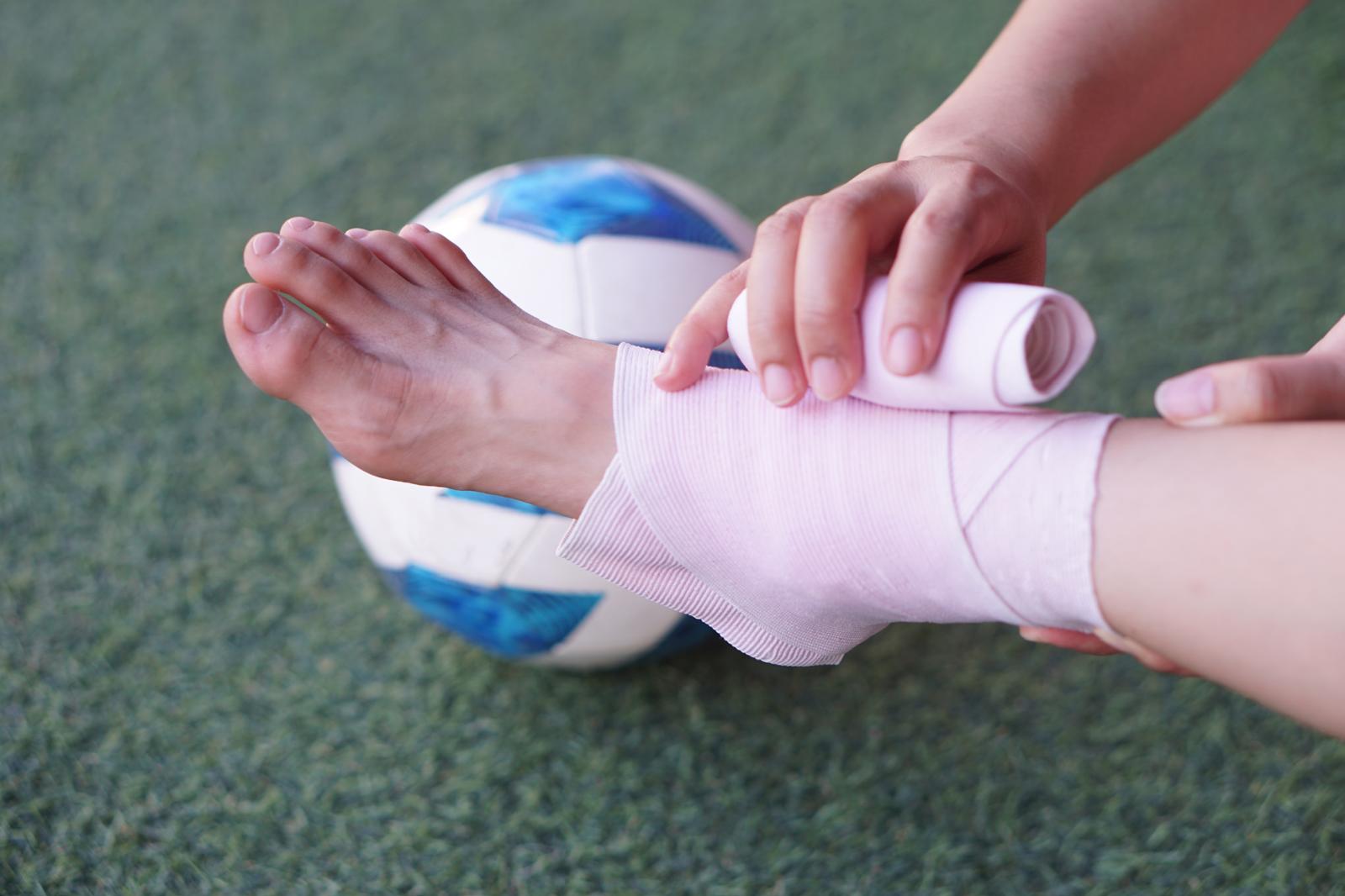Activity First Aid Courses
Activity First Aid courses are specialized training programs designed to equip coaches, athletes, parents, and sports enthusiasts with the skills and knowledge necessary to respond to injuries and medical emergencies that occur during sports activities. These courses focus on the unique needs and risks associated with physical activities and sports, emphasizing quick, effective responses to common sports-related injuries.
Accredited and regulated courses available.
Prices starting from:
£50.00
10% discount on yearly refresher courses.
Target Audience
- Coaches and Trainers: To ensure they can provide immediate care to athletes in case of injuries.
- Athletes: Especially those involved in contact sports or high-risk activities.
- Parents of Young Athletes: To help them manage injuries that may occur during games or practice sessions.
- Sports Officials and Volunteers: To be prepared to handle emergencies during sports events.
Course Details
- Standard Course: Typically lasts 4-8 hours, depending on the depth of content.
- Short Workshops: 2-3 hour sessions focused on specific sports or common injuries.
- Locations: I can attend work venues and home settings within the Berkshire, Buckinghamshire and London areas.
- Participants: Minimum of 4 participants.
Key Learning Objectives
- Immediate Response: Equip participants with the ability to respond quickly and effectively to sports-related injuries.
- Injury Prevention: Teach techniques and strategies to minimize the risk of injury during sports.
- Basic Life Support (BLS): Include CPR and the use of an Automated External Defibrillator (AED) as part of the emergency response.
Certification and Continuing Education
- Completion Certificates: Participants receive certification upon successful completion, often valid for a specified period (e.g., 2 years).
- Refresher Courses: Importance of regular updates and refresher courses to keep skills current.
